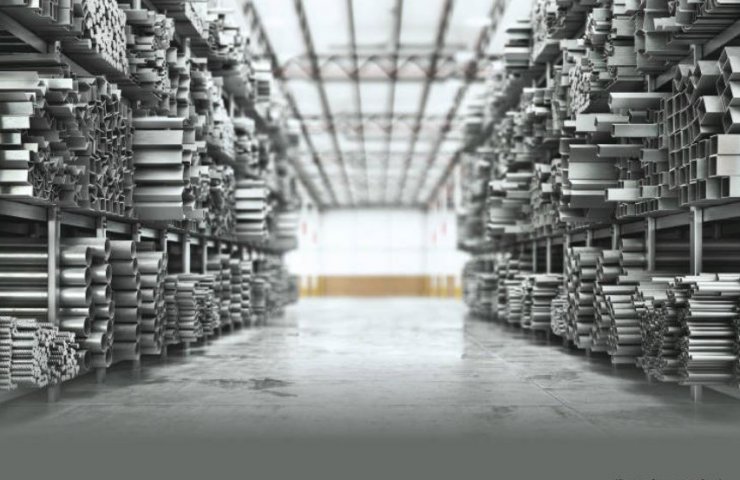World steel production for the six months from the beginning of the year increased by 4.9 percent compared to the same period last year to 925.06 million tons. This is evidenced by data released on Friday by the World Steel Association Worldsteel.
As China increased infrastructure spending to bolster its economy, the country's steel production rose 9.9 percent to 492.16 million tonnes, several times the global average.
Meanwhile, as Asia is busy absorbing China's steel, the US faces its own challenges. While President Donald Trump's 25 percent tariff on imported steel initially appeared to be a boon for American producers, US steel production slowed again as domestic demand, especially for cars, weakened amid the trade war against all.
The rise in steel production in China marks the opposite effect of Beijing's attempts to reduce excess capacity in the steel industry.
New investment in the steel industry has begun to come from giants such as Baoshan Iron & Steel, a subsidiary of China's largest player China Baowu Steel Group, which launched a third 10 million ton blast furnace last year at its flagship plant in Guangdong, even even though it has ditched legacy facilities.
However, the trade war has reduced demand from Chinese automakers and other industrial buyers, prompting manufacturers to seek overseas buyers for these industries. China's steel sheet exports rose 8 percent in five months from the beginning of the year. The price of hot rolled coil, a type of steel sheet used for cars and other goods, in East Asian export markets fell to $ 550 per tonne from $ 640 last October.
Difficult market conditions influenced the decision of Krakatau Steel, the largest steel producer in Indonesia, to cut its core workforce by 30 percent.
Japan's imports of carbon steel from China rose 73 percent year-over-year from January to May 2019. The country is buying more steel from overseas after a series of manufacturing problems in domestic plants last year.
Meanwhile, a 25 percent US tariff, introduced in March 2018, redirected Russian and Turkish steel to Europe at the expense of local producers. Long-suffering British Steel, formed in 2016 from assets acquired from India's Tata Steel, went bankrupt in May, blaming cheap imports for its problems. ArcelorMittal, the world's largest steel company, has announced plans to cut production in Europe.
The Trump administration has been guided by considerations to protect national security by imposing 25 percent tariffs on steel imports. This resulted in a 12 percent decline in imports in 2018 and another 13 percent in the first half of 2019. In addition, the restriction on imports triggered the first wave of capacity expansion in the domestic market.
Market leader US Steel has relaunched two blast furnaces in Illinois that have remained closed since 2015. This year's data also shows good performance, with production up 5 percent over the same period last year.
But cuts recently announced by steel mills are showing new trends. Last month, US Steel said it would shut down two home blast furnaces, cutting monthly production by about 200,000 to 225,000 tons - about 3 percent of total US production. AK Steel, the fourth largest US steelmaker, said in January that it would close its Kentucky plant by the end of the year.
Weak US demand is the main culprit behind the cuts. New car sales fell 2 percent year over year between January and June, a sign of trouble in the auto industry, America's largest customer for steel. US hot coil prices have dropped to around $ 630 per tonne after hitting $ 1,000 in July 2018.
Global steel production reached 1.8 billion tonnes in 2018. China said it cut its steelmaking capacity by 120 million tons between 2016 and 2017 and another 30 million tons last year.
However, according to the Organization for Economic Cooperation and Development, in 2018, global capacity was still 2.23 billion tons. The organization predicts 5 percent overall growth between 2019 and 2021, driven mainly by Asian manufacturers, including China and India.
“The world is clearly oversaturated with metal products,” says Atsushi Yamaguchi, senior analyst at SMBC Nikko Securities.
With increased production in China, leading to higher prices for iron ore, the industry is facing disease




